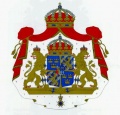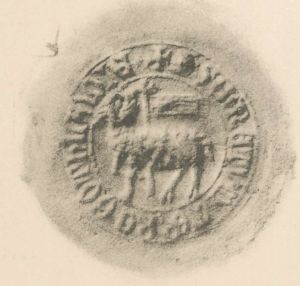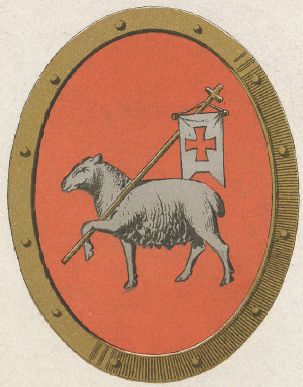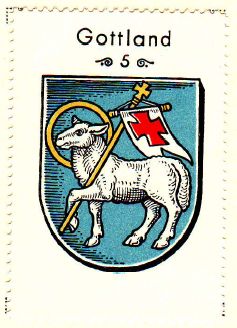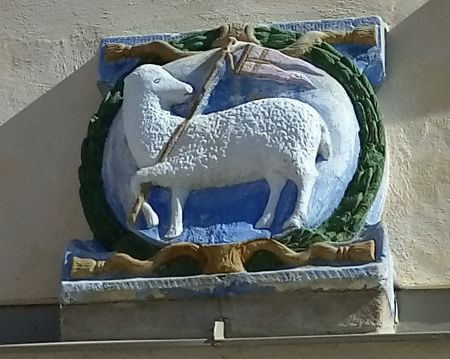Gotland: Difference between revisions
Jump to navigation
Jump to search
Knorrepoes (talk | contribs) |
Knorrepoes (talk | contribs) m (Text replacement - "===Official blazon===" to "{| class="wikitable" |+Official blazon |- |'''Swedish''' | ") |
||
| Line 5: | Line 5: | ||
[[File:Gotlan.jpg|center]] | [[File:Gotlan.jpg|center]] | ||
= | {| class="wikitable" | ||
|+Official blazon | |||
|- | |||
|'''Swedish''' | |||
| | |||
I blått fält en stående vädur av silver med beväring av guld, bärande på en korsprydd stång av guld ett rött baner med bård och fem flikar av guld. | I blått fält en stående vädur av silver med beväring av guld, bärande på en korsprydd stång av guld ett rött baner med bård och fem flikar av guld. | ||
Revision as of 11:28, 24 July 2022
Sweden heraldry portal
This page is part of the Sweden heraldry portal |
Heraldry of the World |
|
Civic heraldry:
|
Other heraldry: |
GOTLAND
| Swedish |
I blått fält en stående vädur av silver med beväring av guld, bärande på en korsprydd stång av guld ett rött baner med bård och fem flikar av guld. Origin/meaningThe arms with the Agnus Dei were already used on the seal of the island in 1280. Ever since the lamb has been the symbol for the island and its capital, Visby. The arms were adopted as provincial arms when Gotland became Swedish in 1645. They are also use by the Region Gotland municipality.
Contact and SupportPartners: Your logo here ?
© since 1995, Heraldry of the World, Ralf Hartemink Literature : Nevéus and de Waern, 1992 |
